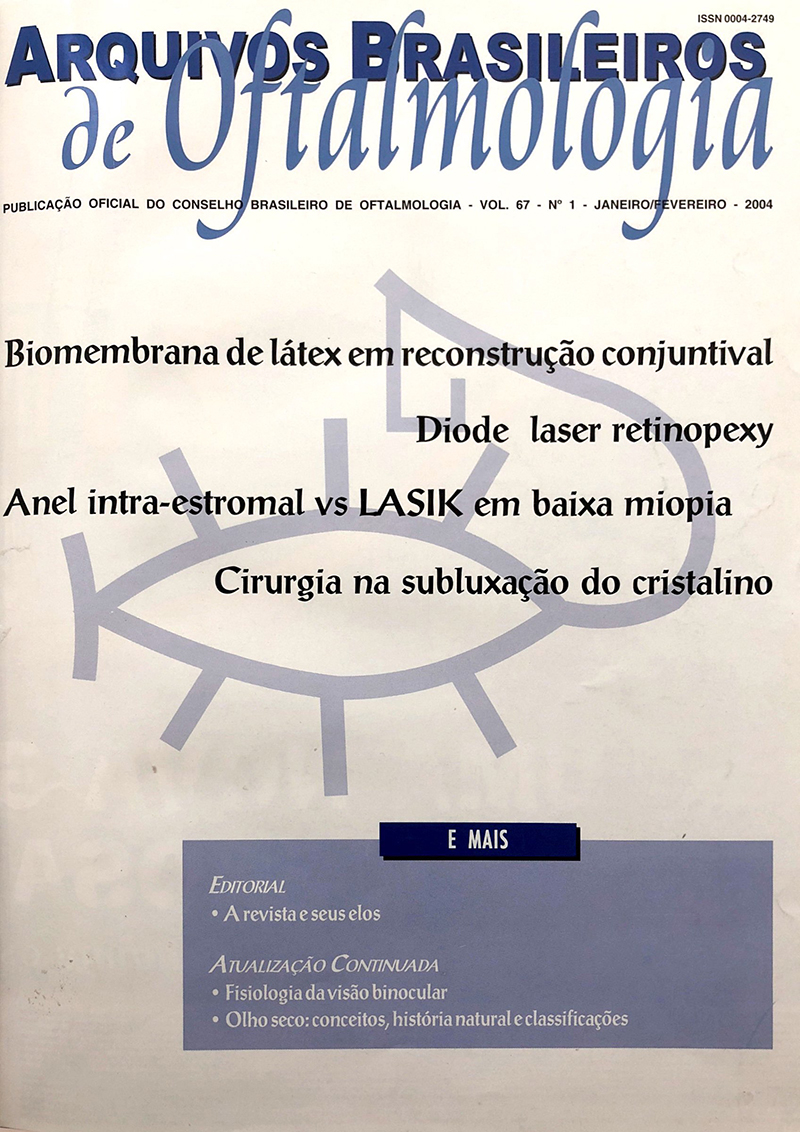PURPOSE: To evaluate the correlation between the parameters derived from the topographic scanning system (TOPSS) and visual field indices. METHODS: One-hundred and twelve primary open-angle glaucoma patients and 88 normal controls were enrolled in the study. All individuals underwent a thorough ophthalmic examination, including visual field (Humphrey 24-2, Full Threshold mode), evaluating Mean Deviation (MD) and correct pattern standard deviation (CPSD) and TOPSS (average disc diameter, total disc area, cup area, cup shape, cup volume, average cup depth, average disc depth, neuroretinal rim (NRR) volume, NRR area, cup/disc area ratio, horizontal cup/disc ratio e vertical cup/disc ratio). The comparison between groups was done using the Mann-Whitney Test or the independent Student's t test. The correlation between the visual field indices and TOPSS parameters was performed with the Spearman's correlation. RESULTS: The TOPSS parameters with better correlation were: cup area (MD: r= -0.538, p<0.001; CPSD: r= 0.512, p<0.001), vertical C/D ratio (MD: r= -0.506, p<0.001; CPSD: r= 0.483, p<0.001) e cup/disc area ratio (MD: r= -0.458, p<0.001; CPSD: r= 0.453, p<0.001). However, there was considerable variability between groups with different levels of visual field loss. CONCLUSIONS: The TOPSS variables presented, in general, substantial correlation with visual field indices. Although some of these parameters showed highly significant correlations, considerable variability of the structural parameters for the same level of functional damage may limit the usefulness of TOPSS isolated parameters in the diagnosis of glaucoma.
Keywords: Glaucoma; Optic disc; Perimetry; Diagnostic techniques, ophthalmological
